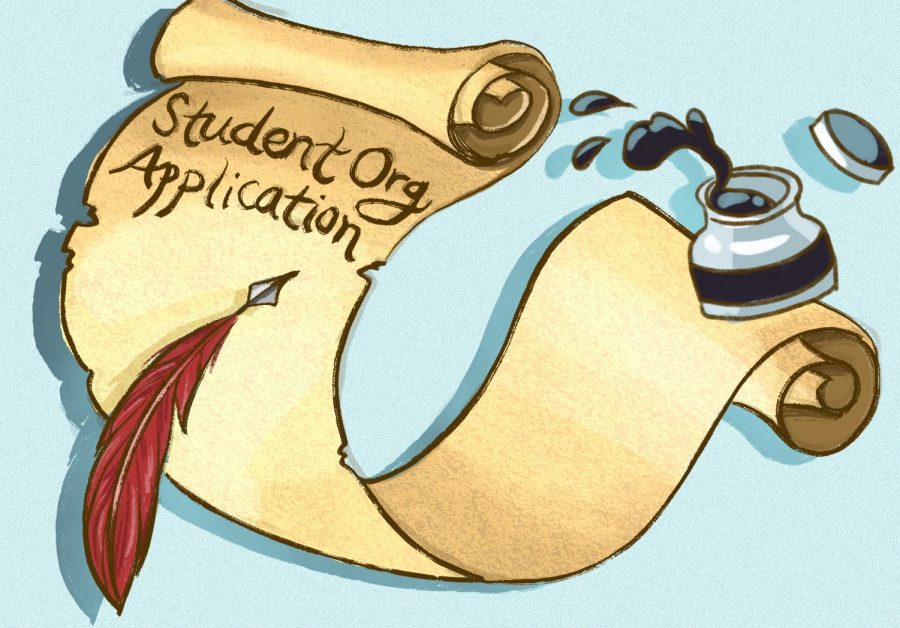Student organizations should have fewer barriers to participation
October 4, 2021
One thing everyone tells you when you come to UT is to join student organizations. At a school with over 50,000 students, making friends is essential. New students are warned again and again: Find your fit or get lost in the crowd. Unfortunately, despite the best efforts of many students who apply to student organizations, the latter occurs.
UT boasts more than 1,100 student organizations, which means there’s a ratio of about 50 students per organization, and many require lengthy applications to apply. While there’s nothing inherently wrong with a competitive organization, especially if the organization is one that relies on skill, many students struggle with the rejection.
Because of the growing student body, students should aim to create more student organizations, and student organizations should make themselves more accessible to students by both increasing their incoming cohort size and ensuring their application process is reasonable enough for a full-time college student to complete.
William Marsh, mechanical engineering sophomore and hold-down responsible engineer in the Texas Rocket Engineering Lab, shared his thoughts on how student organizations could adapt to meet the needs of the student body.
“I think the number of organizations that exist should increase because if you artificially increase the size of the body of people doing work, then it just means that each person is able to have less of an impact and do less meaningful work,” Marsh said.
Biology sophomore Allie Benson applied to and was rejected from an honors program, a pre-med group and a spirit organization during her first two years at UT.
“I came to UT last year as a freshman. … I didn’t have any in-person classes, and I got rejected from the organizations that I applied for, so I wasn’t in any type of organization. I felt like I had no community,” Benson said.
For the majority of organizations, an application can involve multiple short answer questions, interview rounds and even sometimes a creative project. Moreover, applications are usually due when class is fully in session. This is an added stressor for students who have just arrived in a new environment and are taking a full course load.
Additionally, the high probability of being rejected could lead to students being discouraged from even attempting the recruitment process.
“I know that (student organization applications) definitely took a toll on (my performance in my) classes. … I know it hurt me a little bit because I was just so stressed out about this other stuff,” Benson said.
Many students struggle to join organizations that are specific to their college of choice. Engineering and pre-med organizations, as well as some spirit groups, for example, are notoriously competitive on campus.
Leland Murphy, government junior and co-president of new student organization “Always Texas” explains one reason why the organization was founded.
“We do have such a big student body, and for some of these orgs to have such selective competitive processes, it’s sad,” Murphy said. “There is this need, and that’s what we really wanted to, at least from our end, try and solve as much as we can by having a space for really, truly everyone.”
Always Texas serves as one example of UT students taking initiative and creating an organization in response to a need for community within the student body. Other organizations should follow in their footsteps.
Because of UT’s large student population, student organizations should be more accessible to students. Students shouldn’t have to go through yet another rigorous application process just to make friends.
Abbe is a communications studies sophomore from Fort Worth, Texas.



